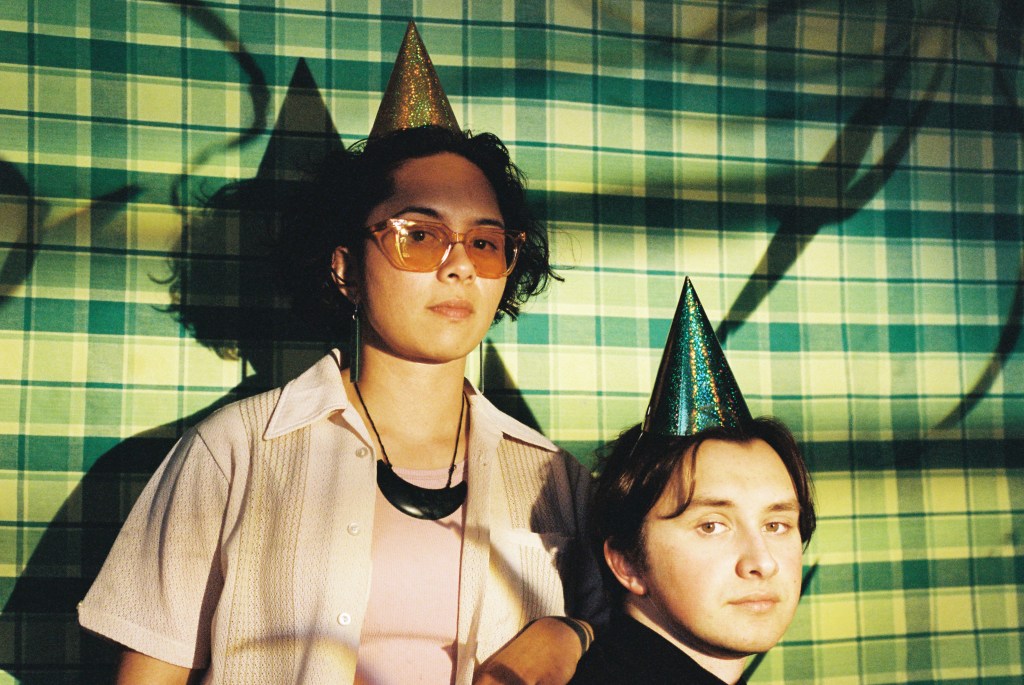Two years ago, Canada experienced a shift and newness both in its political and musical landscape. A Tribe Called Red arrived as part of both. They released their first and self-titled album in March 2012, followed by the rise of the Idle No More movement in December 2012. This is best thought of not as coincidence, but a symbol of the times and of change.
Ottawa’s DJ NDN, 2oolman and Bear Witness released their debut album as a free download, still managing to get it long-listed for the Polaris Music Prize that same year. Their presence lit up the Canadian music landscape with an unprecendented freshness. Each song on the album is cloaked with purpose. The album was made to communicate a message while never abandoning its danceable quality. This genre we’ve come to know as Powwow-step carries a narrative of Aboriginal heritage, combining traditional aspects of powwows over club beats we can’t deny moving to. The album came to us as not a breath but a gust of fresh air, one many of us never thought necessary. A Tribe Called Red successfully layered and looped, both the production and in the thought it required. Paying homage to fellow Aboriginal musicians, Northern Cree, ATCR remixed their song “Red Skin Girl” in Powwow-step style, to coat it with the nowness of electronic beats and make it more their own. Powwow-step is especially seen in the opening track, “Electric Pow-Wow Drum,” where the electronic bass pulses with the drums, under powwow chants. This track invigorates, setting the tone for ones to come. The Aboriginal aspect stays at the forefront throughout, never once letting us forget who is making the music and with what purpose it is being made. ATCR presents us with a contemporary Aboriginal image, stripped of stereotype and caricature, fully controlled by them, to enjoy and most importantly, accept as real and true.
Videos by VICE
The track “Woodcarver” is placed in the middle of the 11-track album, serving as a necessary intervention. “Woodcarver” retells the story of John T. Williams, a Native American man who, in 2011, was unjustly shot by a police officer in Seattle. The bass sinks, the chants are thunderous — they loop to constantly remind us. In the midst of an upbeat electric powwow, ATCR makes us readjust and experience this painful moment with them and their community. The beats are there, the dubstep is there, the chanting is there — only different. It is low and deep and heavy. A feeling of inescapable pain resonates through all the merging sounds. We hear cries, reporters, the officer, then gunshots. This quality makes “Woodcarver” the most outwardly political track on the album. With this, it also becomes most crucial to the purpose of A Tribe Called Red. ATCR used this medium and their abilities in it to intricately and thoroughly communicate theirs and others’ stories as Aboriginal youth. The experience is never stagnant and sometimes there is blood.
Only a year later, A Tribe Called Red released their second album Nation II Nation, before winning a Juno award earlier this year. They prove not only dedication to their work but a demand for more of it. They speak a language many of us can understand: a language of electronic beats, dancing, and parties. Still, the story is theirs and they tell it so to make sure we listen.
Maria Martinez is a writer living in Toronto. She’s on Twitter.




